Cats are often seen as aloof and independent, but anyone who’s spent time with these fascinating creatures knows there is a wide spectrum of personalities among them. While some cats are extremely social and seem to thrive on human interaction, others are more reserved, preferring to stay out of the limelight. What makes one cat more social than another? In this article, we delve into the intriguing world of feline behavior to uncover the reasons behind these personality differences.
Genetic Influences on Sociability
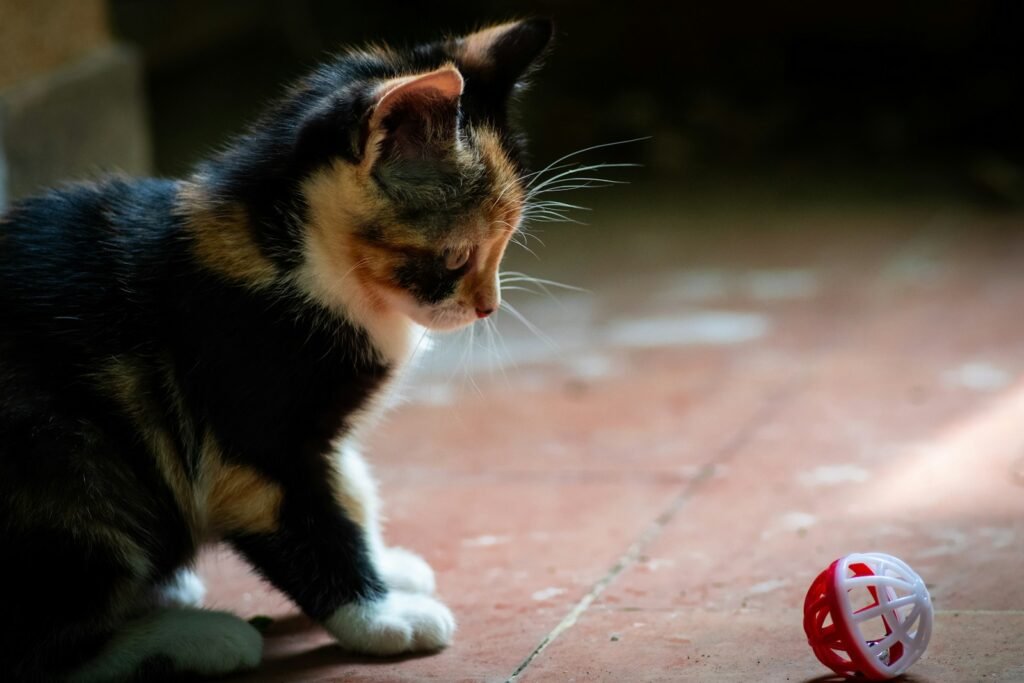
Research suggests that a significant portion of a cat’s personality is inherited. The genes passed down from their parents can influence their level of sociability. Cats that come from a lineage where friendliness towards humans is common may be more predisposed to being outgoing. Breeds such as the Siamese and the Ragdoll, for instance, are often noted for their social and affectionate nature, hinting at a genetic basis for these traits.
Early Socialization and Its Impact
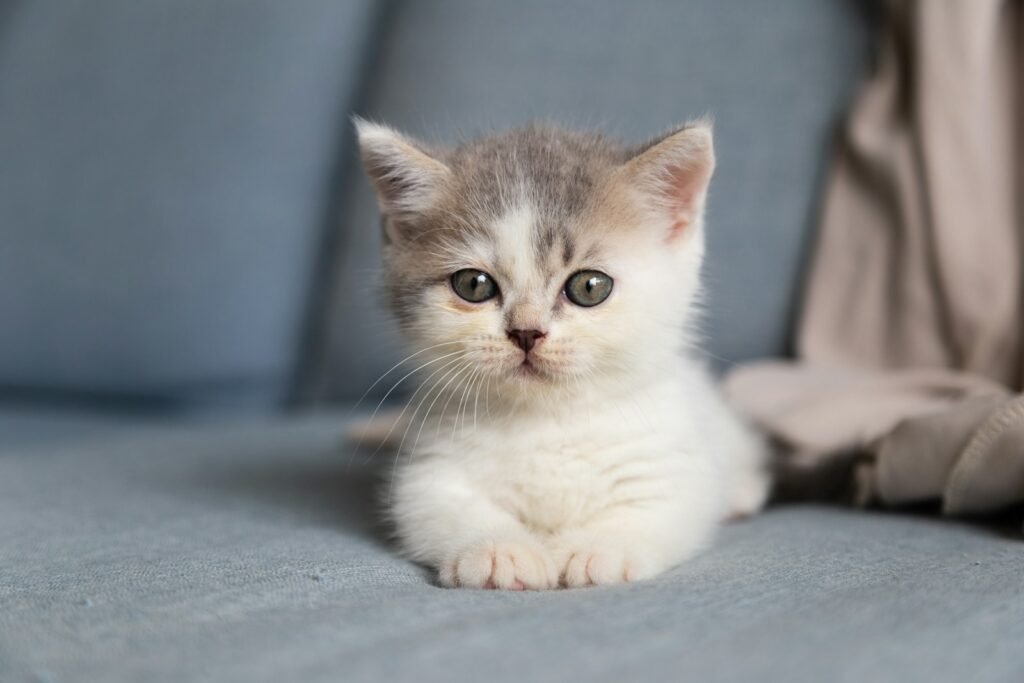
The experiences that kittens have during their early developmental stages can greatly affect their social behavior as adults. Kittens that are gently handled by humans and exposed to a variety of people and environments from a young age tend to be more sociable. This period, often referred to as the “critical socialization period,” occurs between two to seven weeks of age, and positive interactions during this time can foster a friendly disposition.
The Role of Parenting
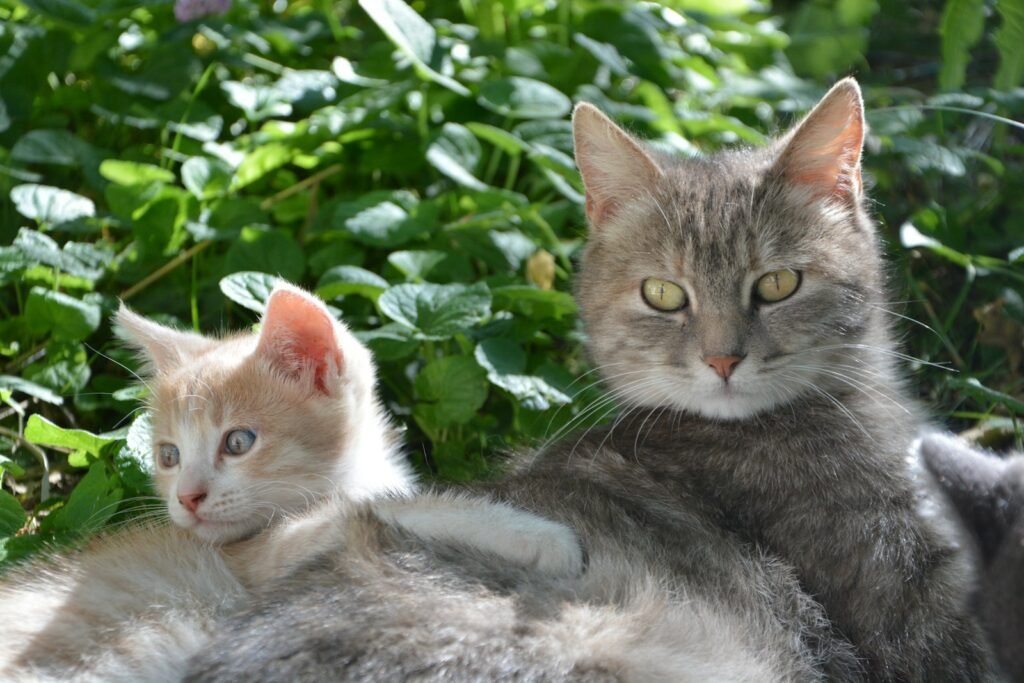
Much like in humans, the behavior of a cat’s mother can have a profound impact on its social tendencies. Kittens with a nurturing, attentive mother who is comfortable around people often take cues from her calm demeanor and learn to be more trusting of humans and their environments.
Access to Resources
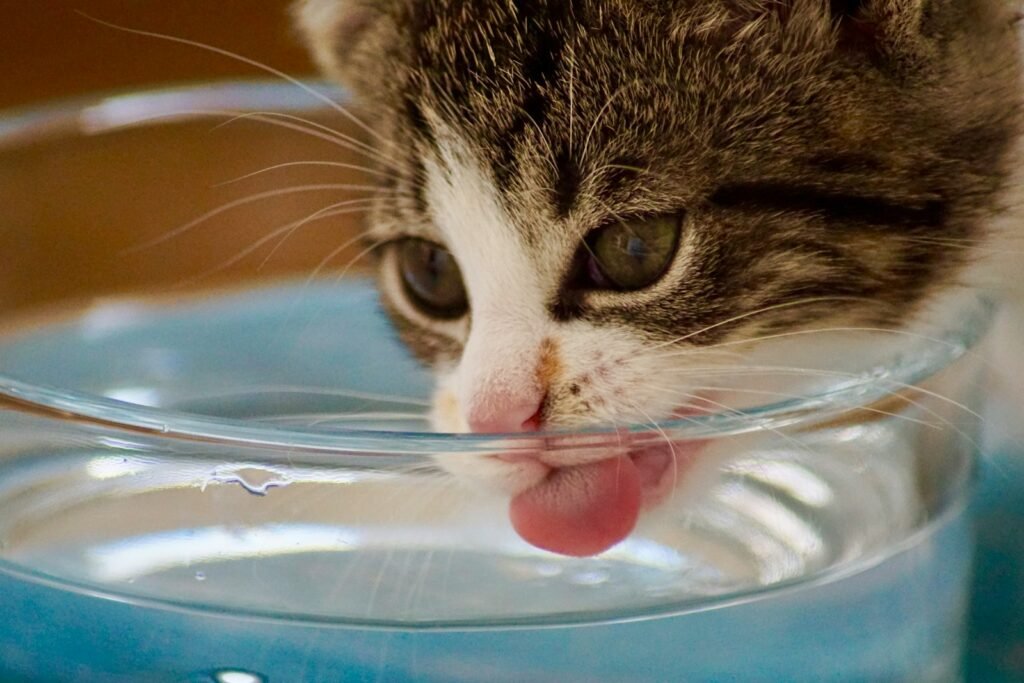
Cats that live in environments where resources such as food, water, and shelter are abundant and easily accessible are more likely to develop social behaviors. In such situations, cats may associate human presence with positivity and care, encouraging outgoing behavior.
Individual Temperament
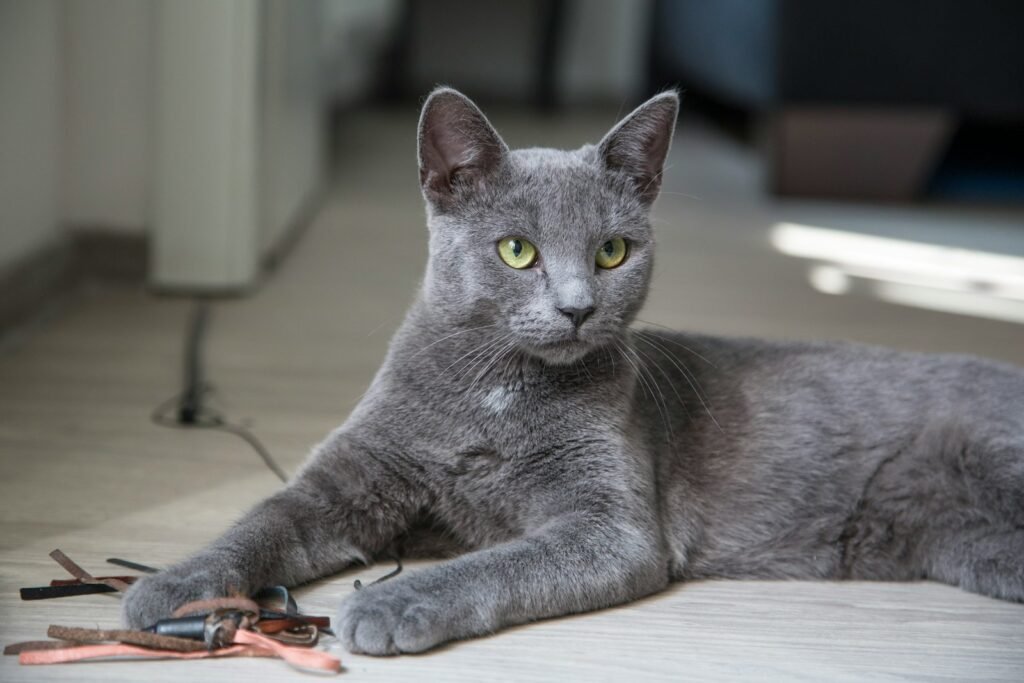
Just like humans, cats have their own unique personalities. Some cats are naturally more gregarious due to their individual temperament. This inherent disposition influences their inclination to seek out interaction and affection from their human companions or other pets.
The Influence of Neutering and Spaying
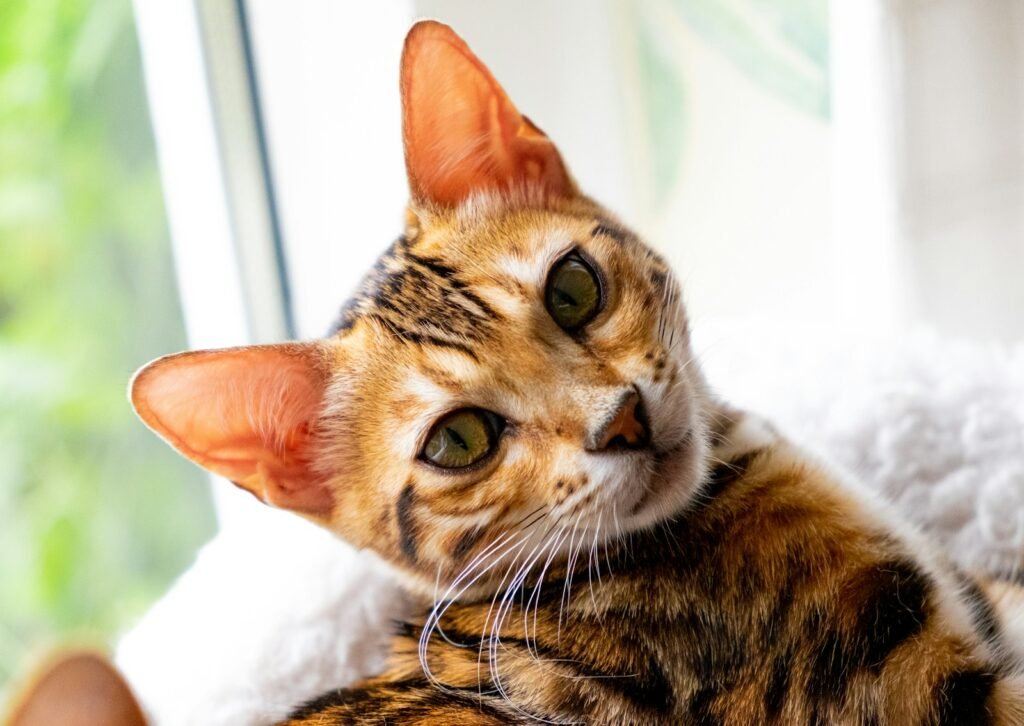
Spaying and neutering can also play a role in a cat’s social behavior. These procedures often result in a decrease in aggression and territorial instincts, tendencies that can interfere with sociable behavior. Consequently, altered cats may exhibit a more relaxed and friendly demeanor.
Environmental Enrichment
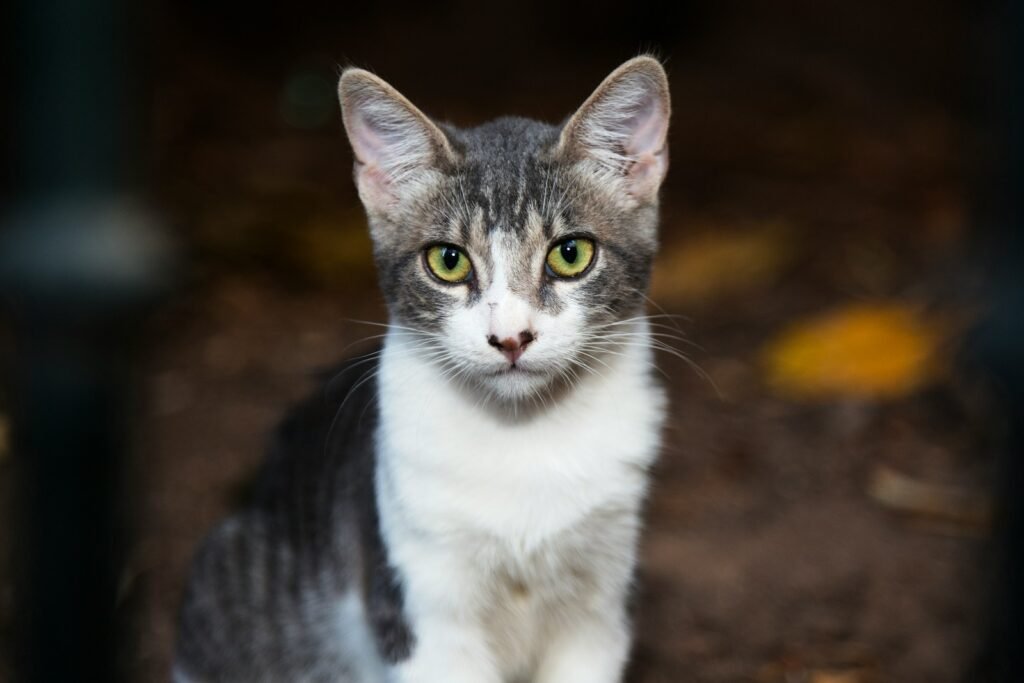
Cats that live in enriched environments with plenty of stimulation, toys, and activities are more likely to remain mentally agile and socially interactive. Such environments can decrease stress and promote natural, positive behaviors, including social interactions with humans and other animals.
Health and Well-being
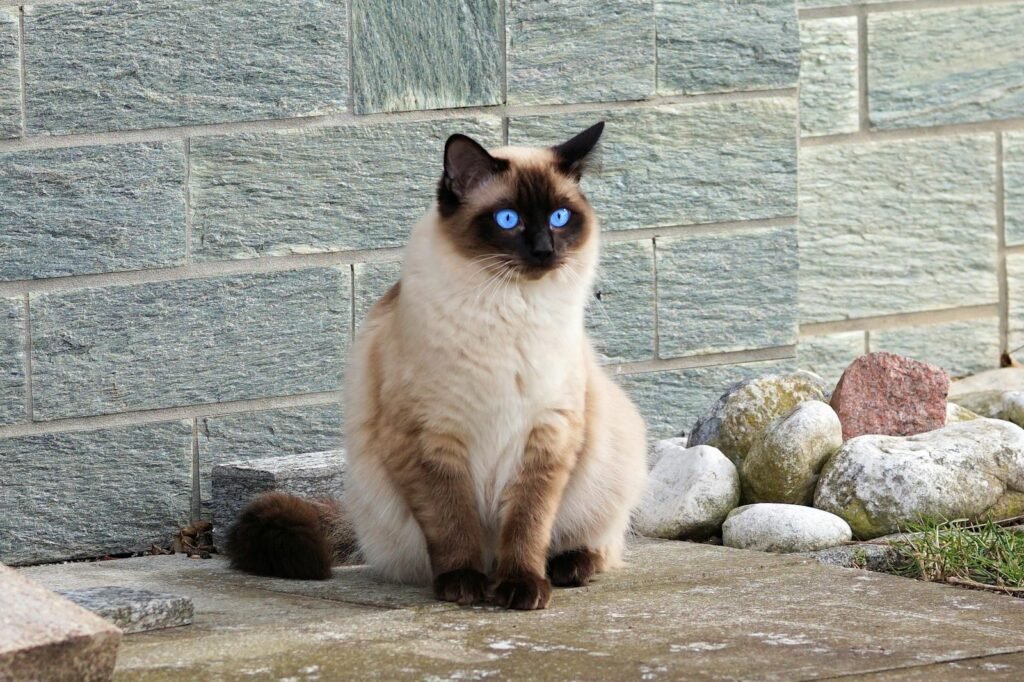
A cat’s health can significantly impact its social behavior. Cats that are feeling unwell or are in pain may be more withdrawn and less inclined to be social. Regular veterinary care and attentiveness to a cat’s health needs can help maintain their sociability and overall well-being.
Understanding Body Language
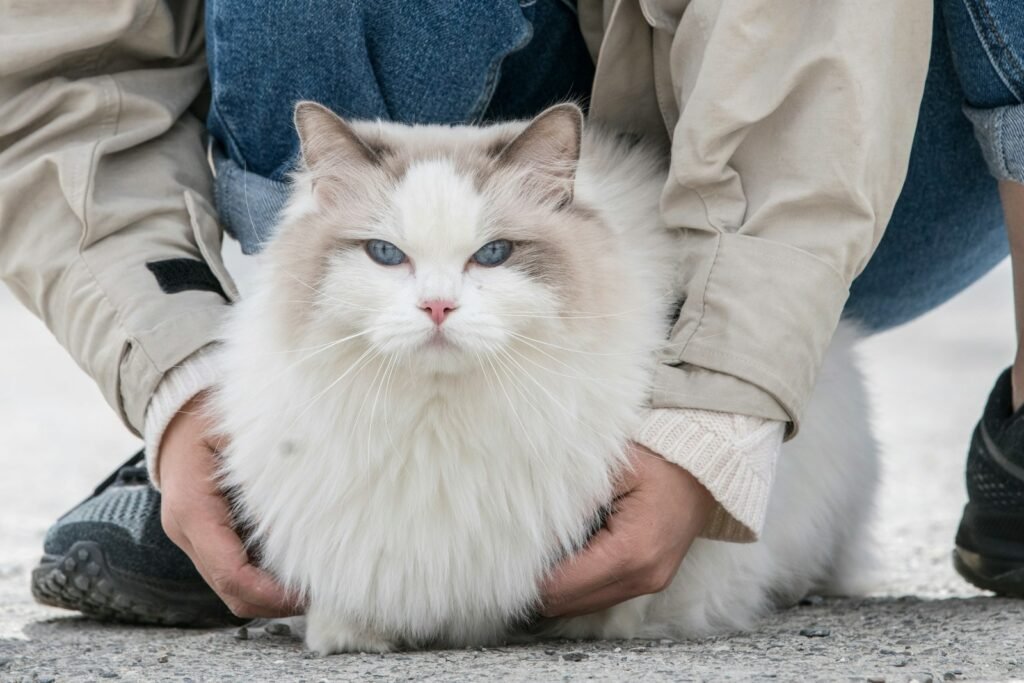
Social behavior is not only about direct interaction but also involves understanding and interpreting cat body language. Cats use a range of signals to communicate their feelings and comfort levels with humans. Owners who recognize and respect these signals can encourage more social interaction by adjusting their behavior according to what their cat is expressing.
Gradual Exposure to Social Situations
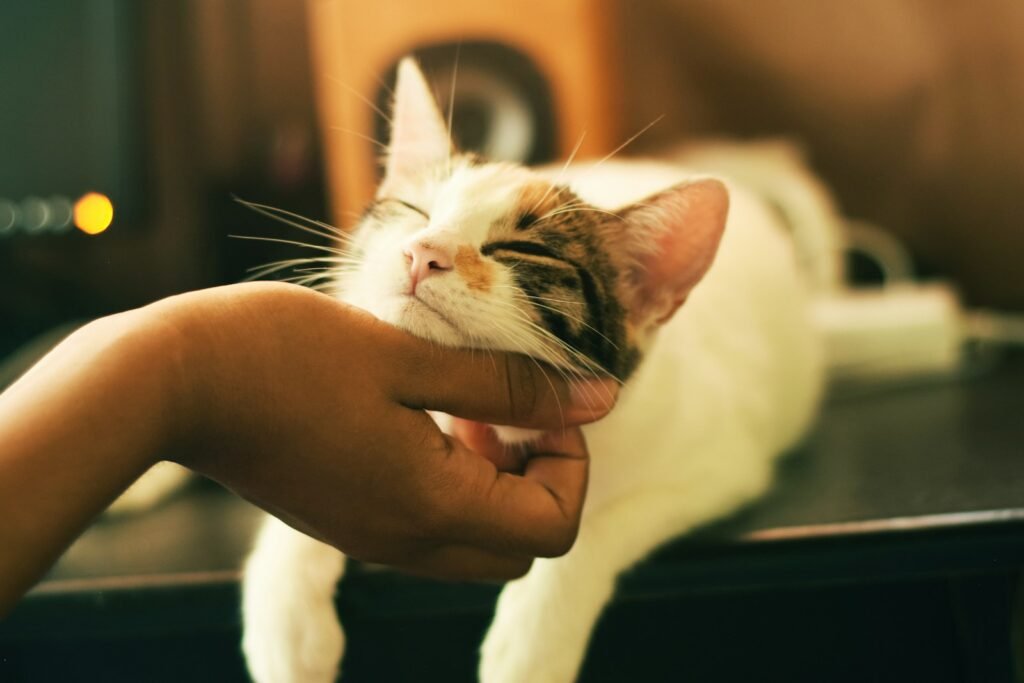
Cats that are gradually exposed to various social situations, such as meeting new people and other animals, often become more confident and sociable. Positive reinforcement in these situations reinforces good behavior and helps build a cat’s social confidence.
The Impact of Stressful Events
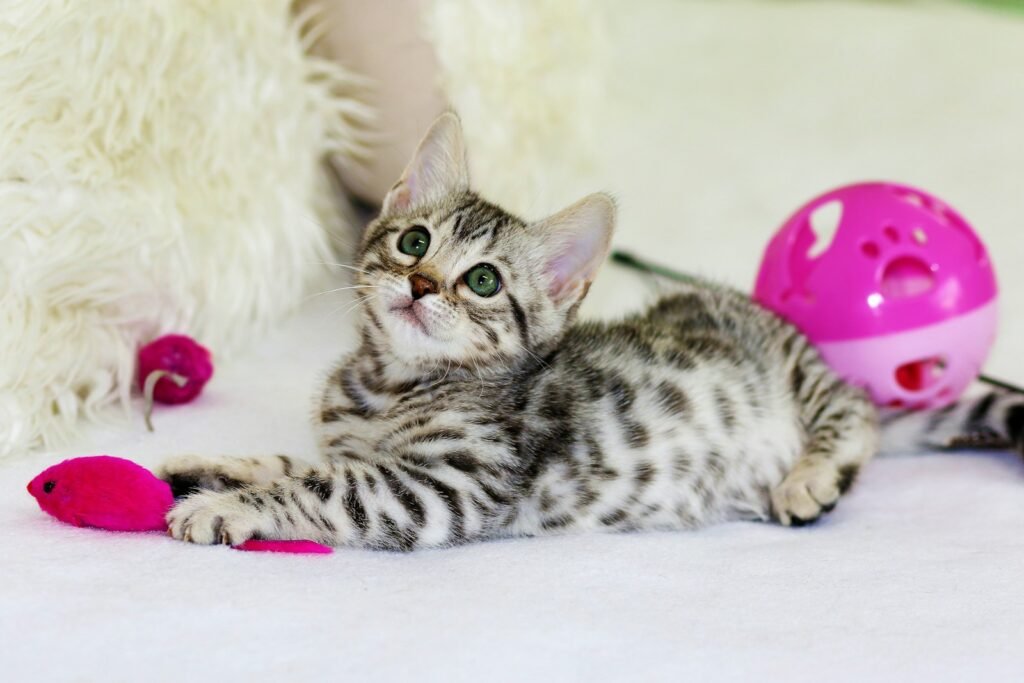
Stressful events, such as moving to a new home or the introduction of a new pet, can affect a cat’s social behavior. Understanding these stressors and managing them with care can help maintain or restore a cat’s sociability.
Interactive Playtime and Affection
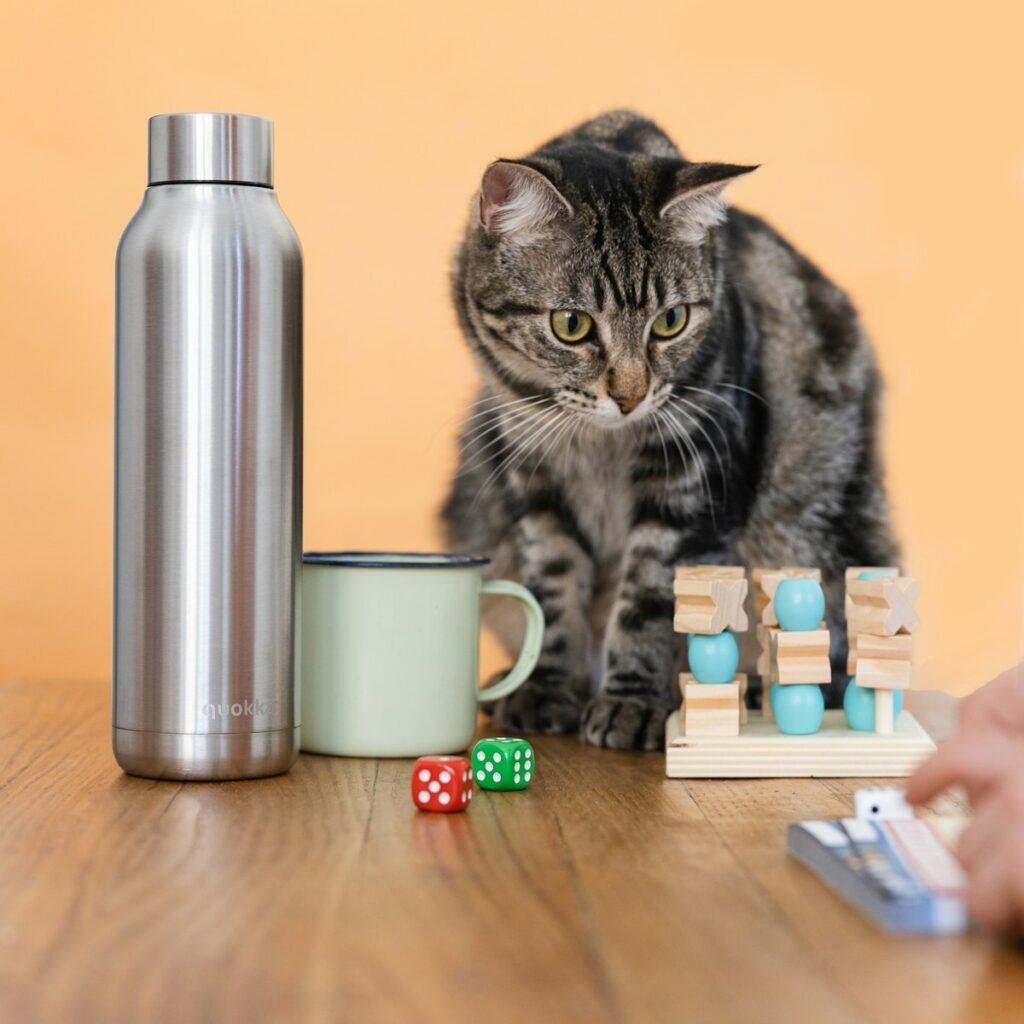
Engaging in interactive play and offering affection can nurture a cat’s sociability. Regular play not only provides physical exercise but also strengthens the bond between cat and owner, making social interaction a rewarding experience for the feline.
In conclusion, the degree of sociability in cats can be attributed to a mix of genetic, environmental, and individual factors. Understanding these components allows us to appreciate the diverse personalities of cats and enhance our relationships with these enigmatic creatures. By providing positive experiences, attentive care, and an enriched environment, we can help our feline friends become more comfortable, friendly, and sociable companions.

Suhail Ahmed is a passionate digital professional and nature enthusiast with over 8 years of experience in content strategy, SEO, web development, and digital operations. Alongside his freelance journey, Suhail actively contributes to nature and wildlife platforms like Feline Fam, where he channels his curiosity for the Feline into engaging, educational storytelling.
With a strong background in managing digital ecosystems — from ecommerce stores and WordPress websites to social media and automation — Suhail merges technical precision with creative insight. His content reflects a rare balance: SEO-friendly yet deeply human, data-informed yet emotionally resonant.
Driven by a love for discovery and storytelling, Suhail believes in using digital platforms to amplify causes that matter — especially those protecting Earth’s biodiversity and inspiring sustainable living. Whether he’s managing online projects or crafting wildlife content, his goal remains the same: to inform, inspire, and leave a positive digital footprint.






